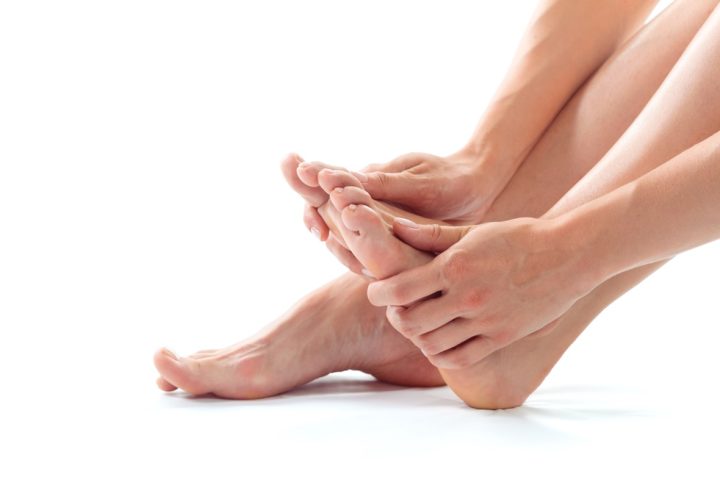Foot ulcers demand prompt and effective treatment to prevent complications and promote healing. In this blog, we’ll explore the range of treatment options available, from basic wound care techniques to advanced therapies that accelerate the healing process.
Wound Care Basics: For mild ulcers, proper wound care can often be enough to facilitate healing. This involves cleaning the ulcer with a mild soap and water, applying an antimicrobial ointment, and covering it with a sterile bandage. Regular dressing changes help prevent infection and maintain a moist wound environment, which aids healing.
Offloading and Pressure Redistribution: Pressure on the ulcer site is a significant impediment to healing. Offloading techniques involve redistributing pressure away from the affected area. This can be achieved through the use of specialized footwear, orthotic inserts, or even total contact casting. These approaches help reduce friction and pressure, allowing the ulcer to heal more effectively.
Advanced Therapies: In cases where conventional treatments aren’t yielding the desired results, advanced therapies may be employed. Negative pressure wound therapy involves applying a vacuum to the ulcer, promoting blood flow and removing excess fluid. Growth factor treatments, such as platelet-rich plasma (PRP) and tissue-engineered products, encourage tissue regeneration. Hyperbaric oxygen therapy delivers oxygen at high pressures, which can aid wound healing by stimulating tissue growth and fighting infection.
Surgical Intervention: In more severe cases, surgical procedures may be necessary to remove dead tissue, improve blood flow, or correct underlying issues. Skin grafts or flaps can be used to cover the ulcer and promote healing. Surgical intervention is typically considered when other treatments have proven ineffective.


